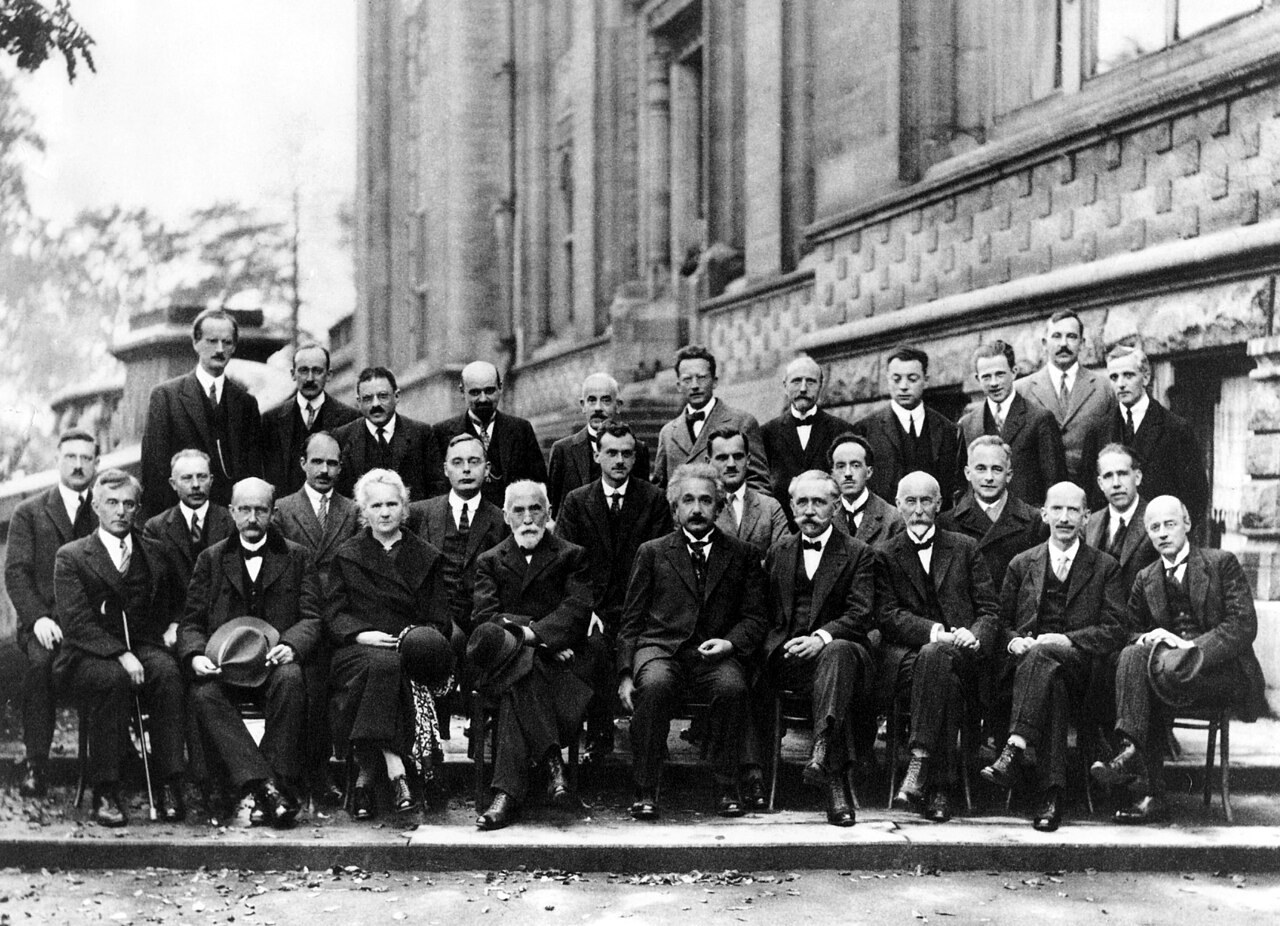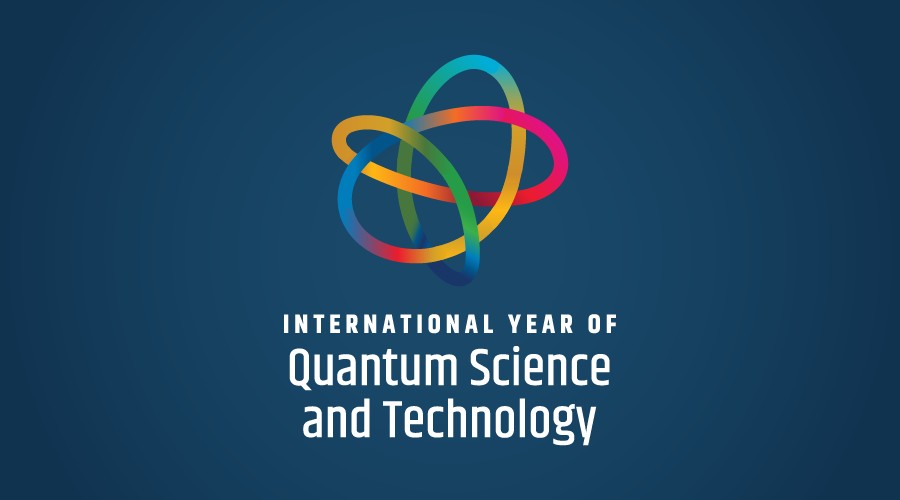Why the U.N. declared 2025 the “International Year of Quantum Science and Technology”

- The declaration celebrates the role of quantum theory in developing our modern technological societies.
- Quantum theory began to clarify around 1925 after Erwin Schrödinger formulated his now famous equation.
- Today’s technological advances, from semiconductors to LEDs, are courtesy of our deepened understanding of the atomic world.
When you hear the term quantum mechanics, you no doubt think about some weird and counterintuitive stuff — things like electrons being both particles and waves or cats being simultaneously dead and alive. However, despite the almost-unbelievable subatomic spookiness, our modern societies would not be possible if quantum mechanics were not true.
In recognition of a century since the theory was developed, the United Nations has declared 2025 to be the International Year of Quantum Science and Technology, a year for both celebrating past successes and planning for a future in which people across the globe can benefit from these crucial technologies.
Developing a world-changing theory
In the late 1800s, physicists had a pretty good handle on the rules governing nature. They had worked out the laws of motion, electromagnetism, and heat. This mastery of physics set into motion the cultural change we call the Industrial Revolution. Yet, a few niggling mysteries remained. For example, the color of light emitted from a glowing steel foundry wasn’t as purple as expected.
From this and other observations, physicists realized that the world of the atom acted very differently than the one we experience with our senses. The first baby steps toward understanding this unfamiliar world were taken in 1900, when German physicist Max Planck postulated that the energy carried by light and other electromagnetic waves was related to the wave’s frequency.

The following decades led to many discoveries and refinements that slowly exposed an atomic world governed by a confusing mélange of seemingly contradictory behaviors. Electrons and light sometimes acted like a tiny baseball and other times like the undulating surface of a pool crowded with children. It was a confusing time.
The situation became greatly clarified in 1925 when Austrian physicist and bon-vivant Erwin Schrödinger wrote down what is now called the Schrödinger equation. This equation successfully described the spectrum of light emitted by atoms, marking the moment when the atom transitioned from a chemical curiosity to an object whose mysterious properties could be harnessed for the betterment of humanity.
A quantum leap in technology
Over the past century, our understanding of the quantum realm has grown exponentially, and atomic physics ushered in the age of electronics. Transistors and other semiconductor technologies made our modern world possible. Our command of the atom led to the LEDs that power the screens of our laptops and smartphones. Even the humble laser point, with which we bedevil our cats, is a handheld form of a quantum-driven technology that enables global telecommunications.
And the evolution of quantum technology is far from over. Researchers continue to develop new materials with the potential to create room-temperature superconductors, which would revolutionize how we transport power around the globe. Improvements in the design of solar cells will help us efficiently extract energy from the sun and allow us to combat the dangers inherent in our fossil fuel-based economy.
The understanding of quantum mechanics is also leading to a transformation of the computer industry. Quantum computers, which don’t rely on the binary “on or off” of traditional computers, can solve complex problems that take modern computers years to crack in a fraction of a second. For instance, the cryptographic algorithms that secure credit card transactions and private communications between nation-states are easily broken by quantum computers.

The declaration by the UN of the International Year of Quantum Science and Technology both plays homage to the role of quantum theory in developing our modern technological society and looks forward to future innovations. It also will inspire national physics organizations around the world to develop education and outreach programs to teach citizens the impact that this transformational physics has had on humanity.
Over the next year, readers can expect to learn a great deal more about how quantum mechanics has and will continue to impact society.





